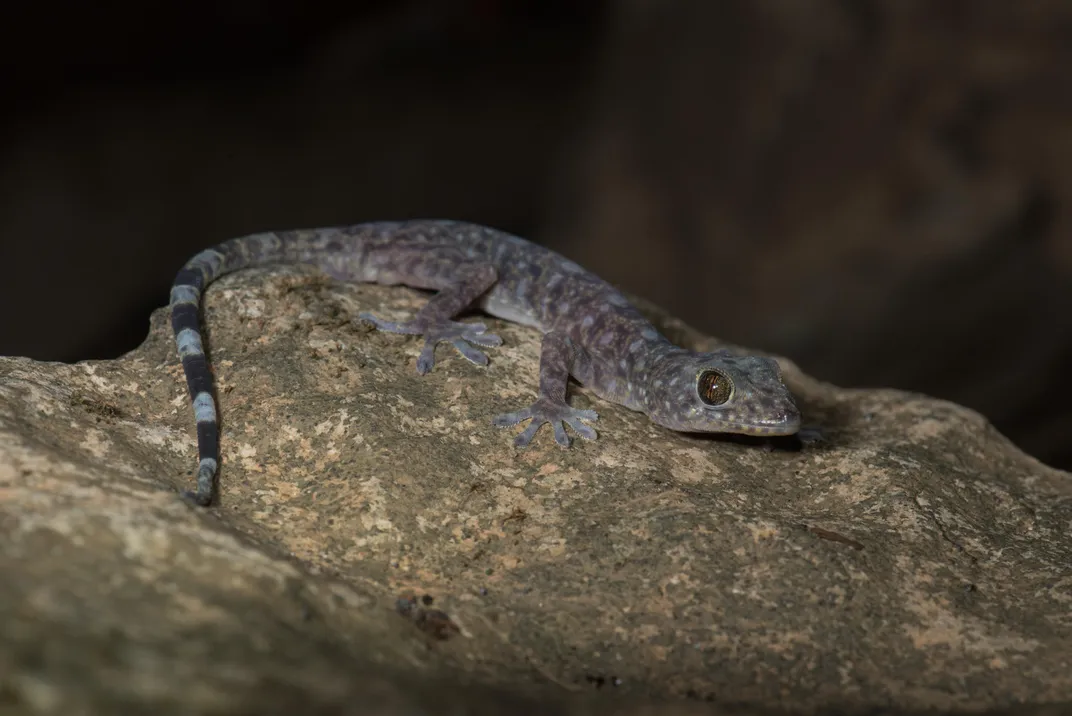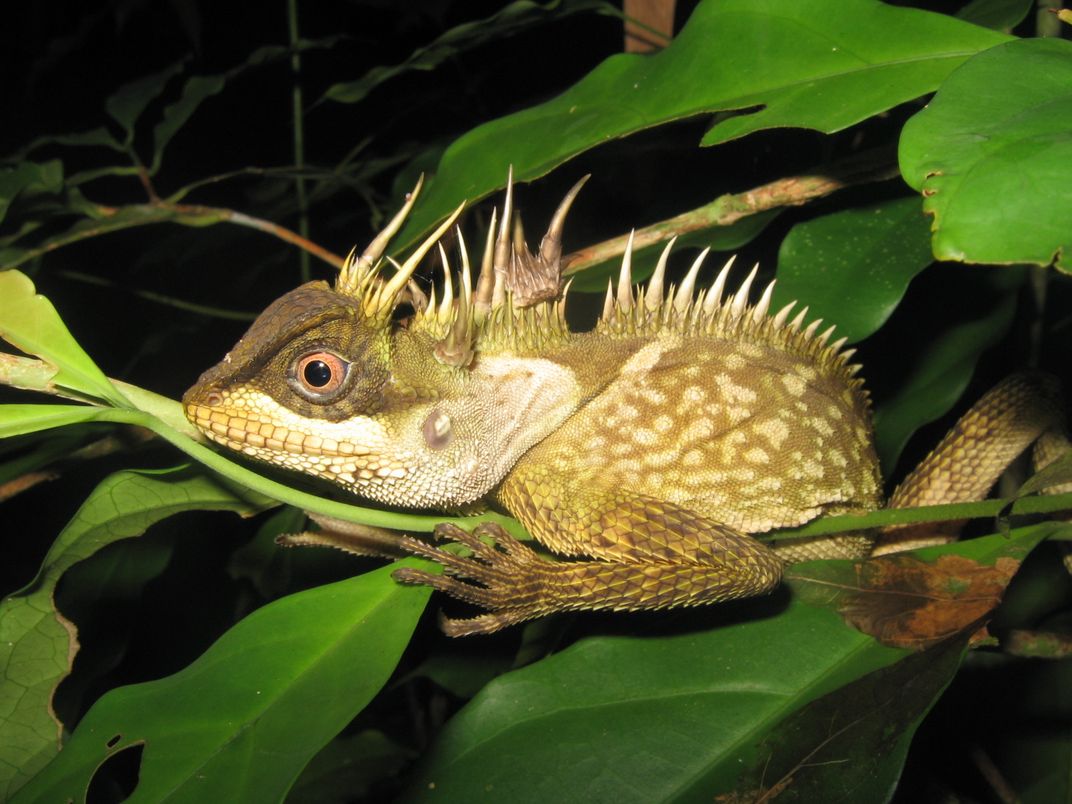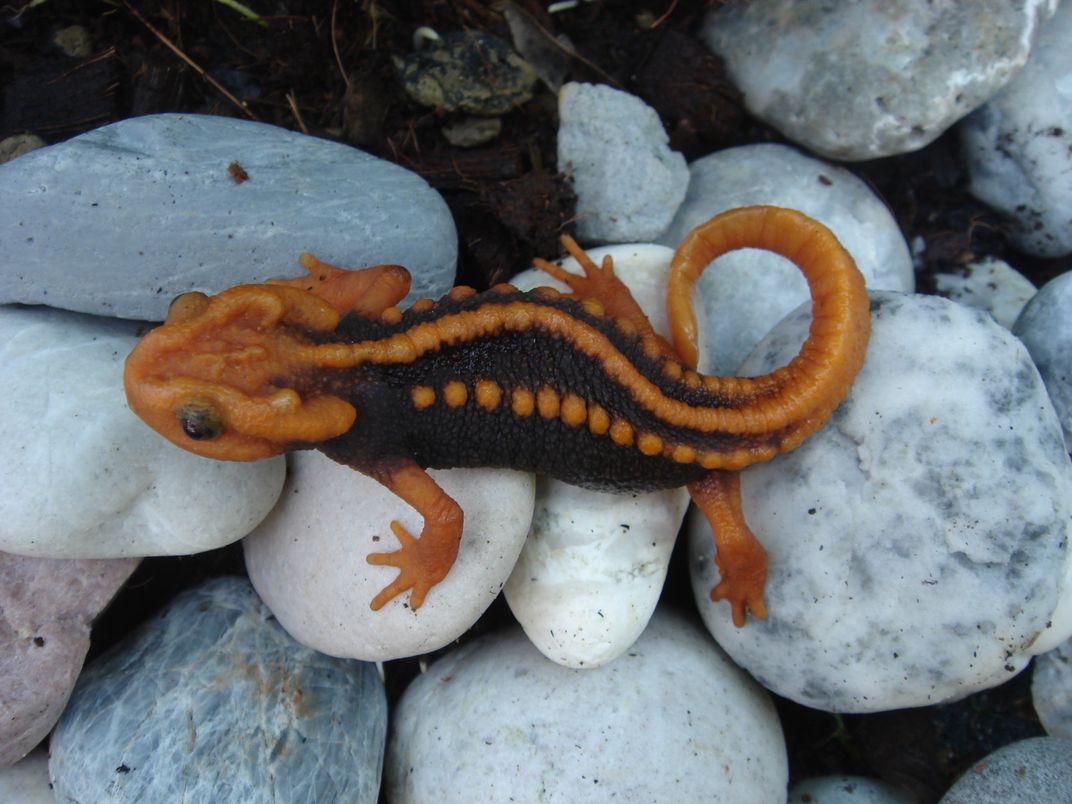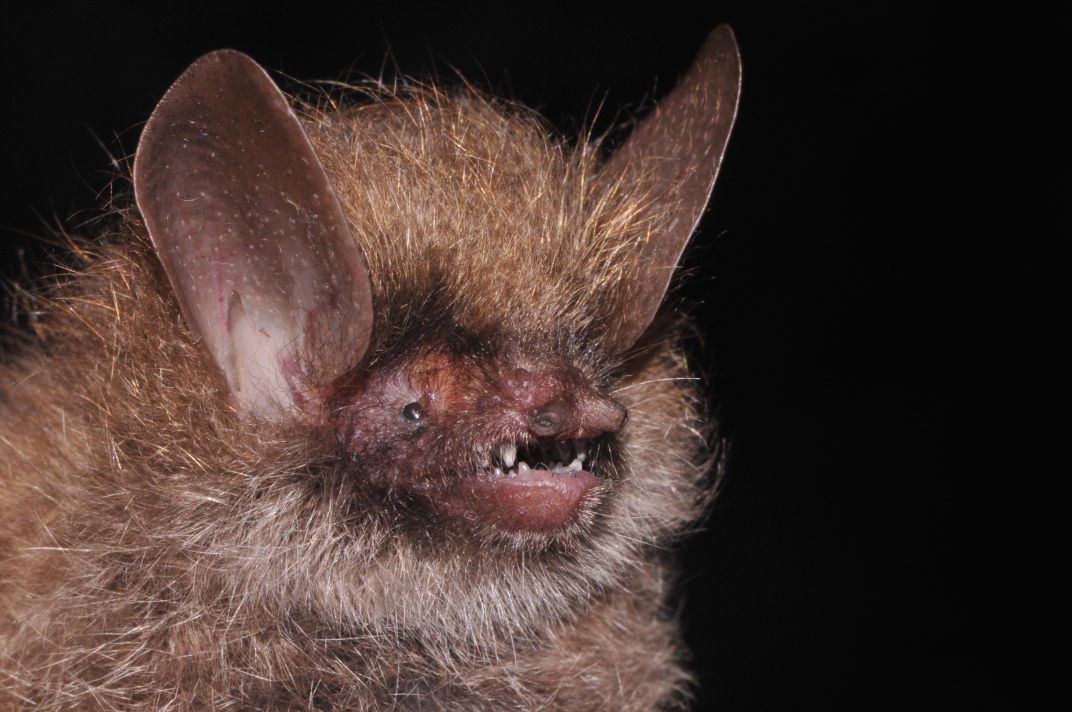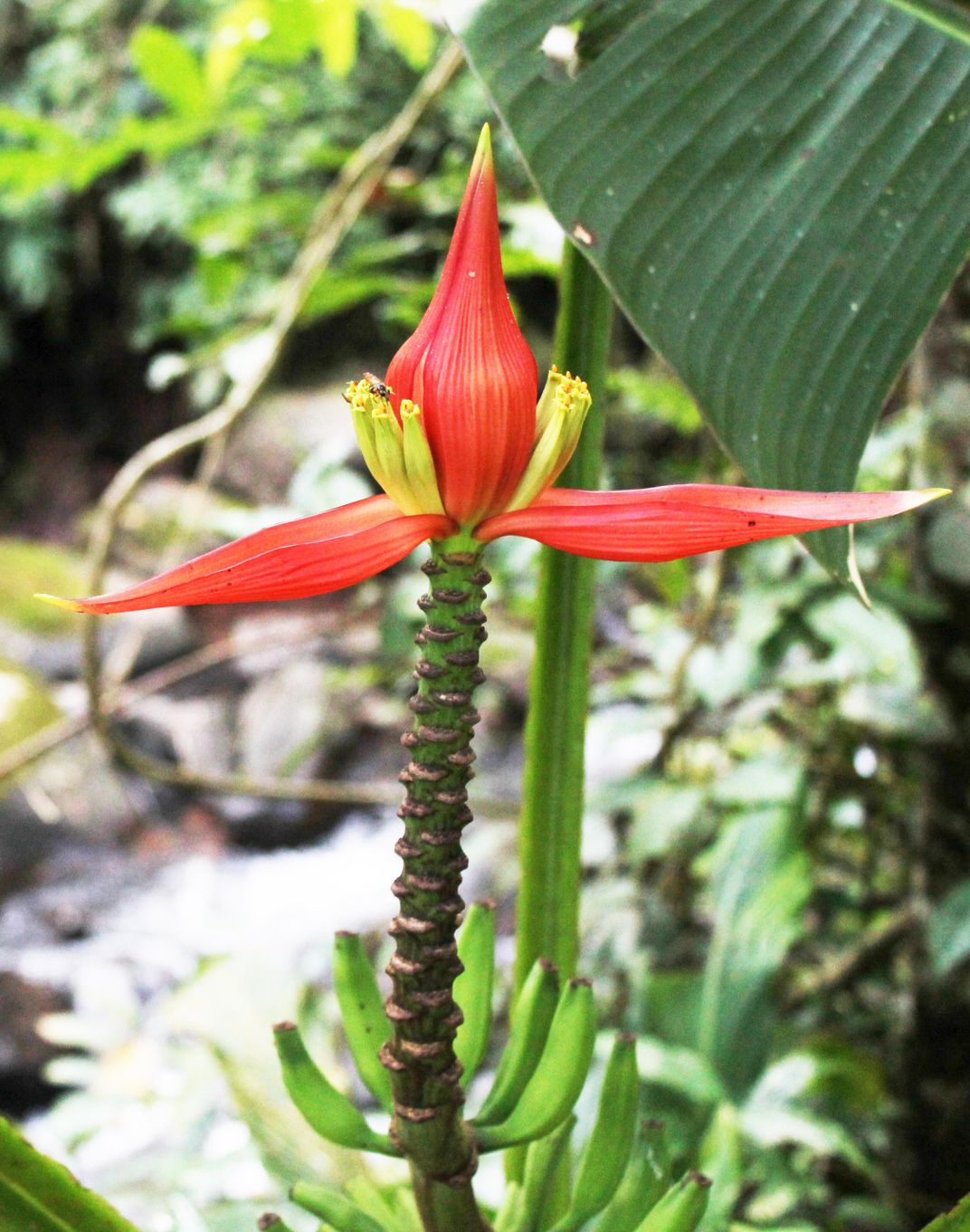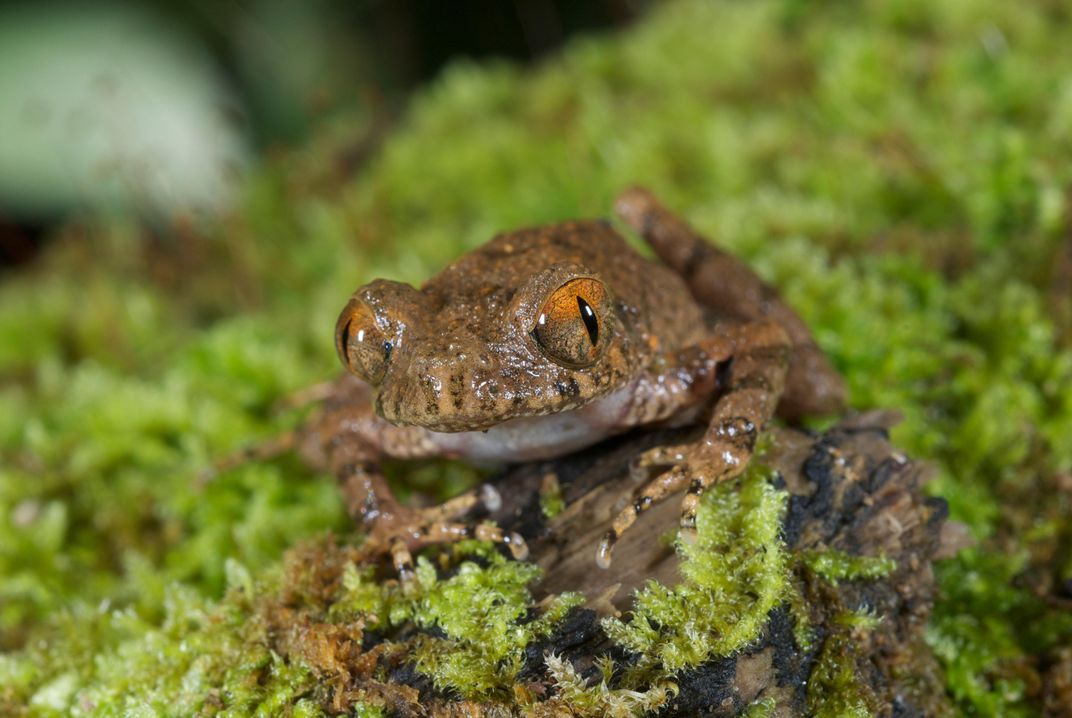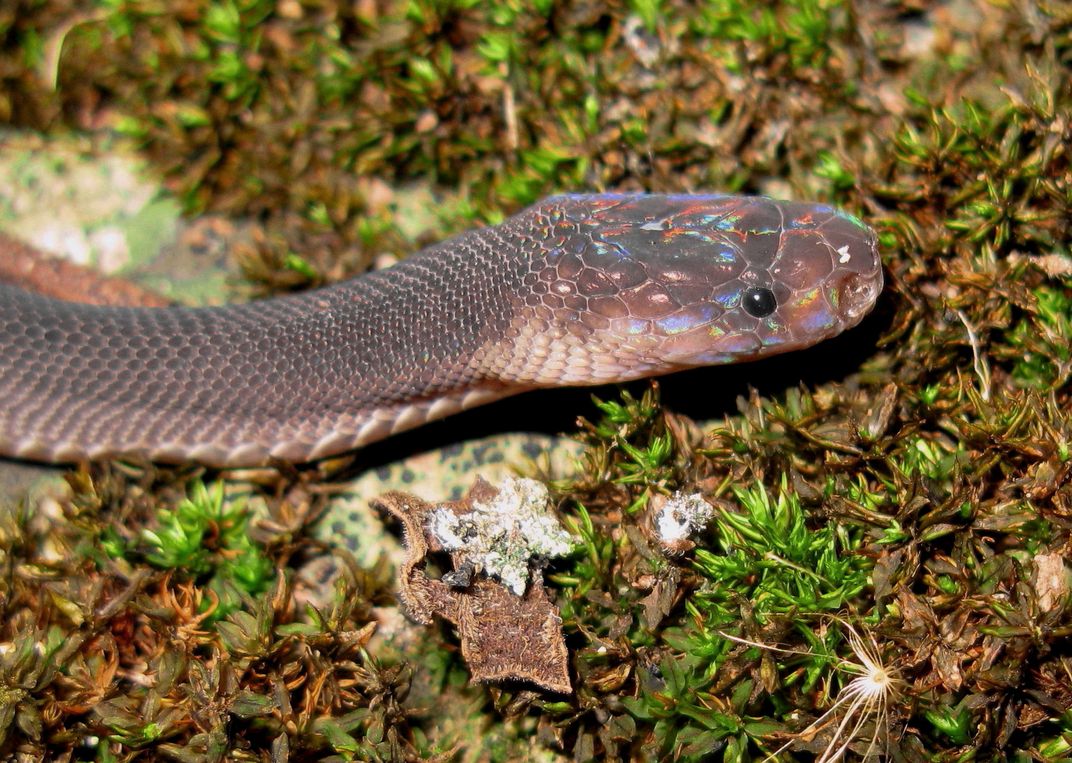Meet the Klingon Newt, Ziggy Stardust Snake—Two of the 163 New Species Discovered in the Mekong
A new reports details the dozens of new animal and plant species scientists found in Southeast Asia’s Greater Mekong in 2015
It’s been a tough year for animal conservation—not only was there a controversial report saying the Earth would lose two-thirds of vertebrate species by 2020, elephants had their worst year in a quarter century and the gentle giraffe slipped onto the endangered species list. Even the amphibian celebrity Toughie, the last Rabbs’ fringe-limbed tree frog, croaked his last.
But a new report from the World Wildlife Fund shows that the world is still full of beautiful and surprising creatures worthy of protection, discussing 163 species previously unknown to science that were discovered by various researchers in the Greater Mekong in 2015.
The new species included nine amphibians, 11 fish, 14 reptiles, 126 plant species and three mammals. According to the report, since 1997 scientists have cataloged 2,409 new species in the complex of jungles, tributaries, and wetlands around the Mekong, which winds through southeast Asia, passing through a range of countries including Laos, Cambodia, Thailand and Vietnam.
“The Greater Mekong region keeps reminding us that there are many incredible, unexplored areas, leading to new discoveries happening every year and it is crucial that we protect them before they are lost,” Jimmy Borah, the WWF’s Wildlife Program Manager in the Mekong region, tells Amy Sawitta Lefevre at Reuters.
Some of the new species discovered are true rock stars. According to the report, herpetologist Alexandre Teynié and his colleagues found Parafimbrios lao while hiking along the pockmarked cliffs of Lao’s Luang Prabang Province. The snake species, which has an iridescent head, was unlike anything he’d encountered in the area. “We approached with shock, bringing to mind all the known species in Asia that it may resemble, but there was no match.”
In fact, it was a part of a new genus. The WWF began calling it the Ziggy Stardust Snake in tribute to David Bowie.
The Phuket Horned Tree Agamid, Acanthosaura phuketensis, was found in the few remaining forested patches on the island of Phuket, a popular tourist hub in southern Thailand. It’s hoped that this new species, as well as two new geckos and a viper discovered on Phuket in the last decade will spur conservation efforts to save the area’s threatened forests.
According to a press release, other discoveries include an orange and black newt in Thailand’s Chiang Rai Province that resembles a Klingon, a wooly-headed bat in Vietnam’s Central Highlands, as well as a tiny frog species in Cambodia and Vietnam and a new banana species found in northern Thailand.
While finding these species is exciting, many of them already face threats from habitat destruction and the pet trade. “Many collectors are willing to pay thousands of dollars or more for the rarest, most unique and most endangered species, often buying them at the region's illegal wildlife markets,” Borah says in the release. “To save them, it's crucial that we improve enforcement against poaching and close illegal wildlife markets.”
The report also emphasizes the fact that these species weren’t just found willy-nilly. It takes scientists determined to travel to remote and sometimes dangerous places to find, study and conserve the planet’s biodiversity. “Species discovery isn’t random. A lot of times, people just haven’t looked,” David Blackburn, a herpetologist at the Florida Museum of Natural History not involved in the report tells Carrie Arnold at National Geographic. “A lot of the world’s biodiversity remains to be described. Some of these species are prone to extinction. We can’t protect what we need to protect without data.”
The WWF points out that the Greater Mekong faces increasing development pressure as well as large-scale mining projects, illegal logging and animal poaching for bushmeat to feed the local population.
